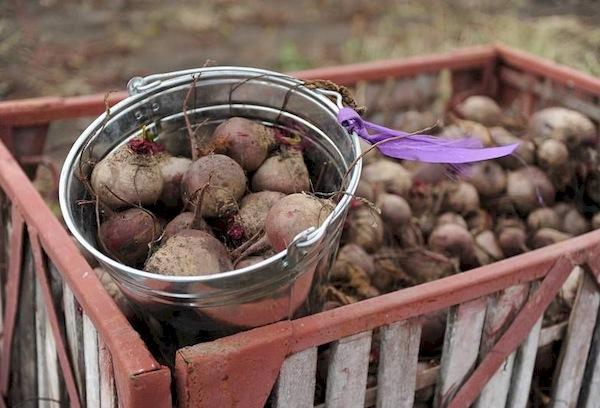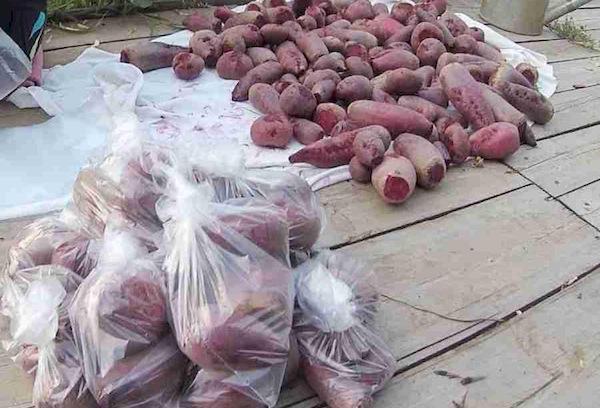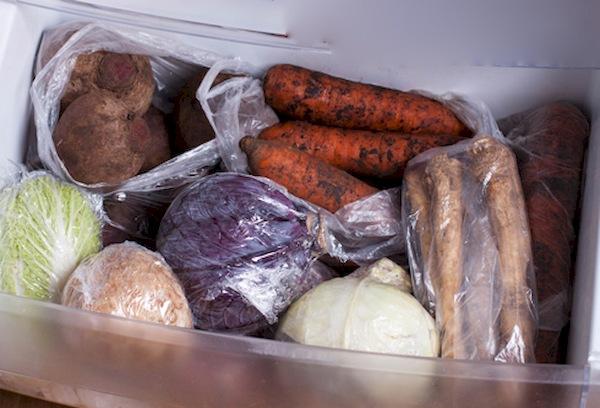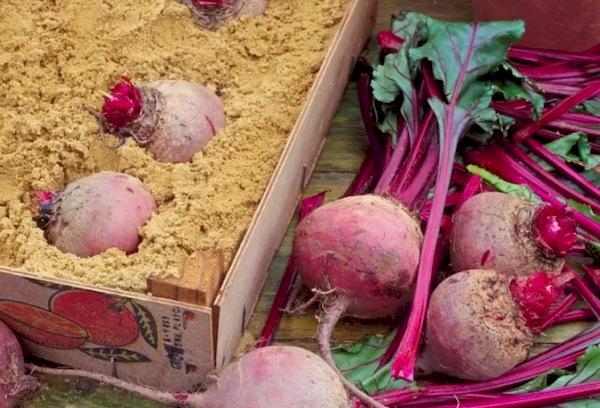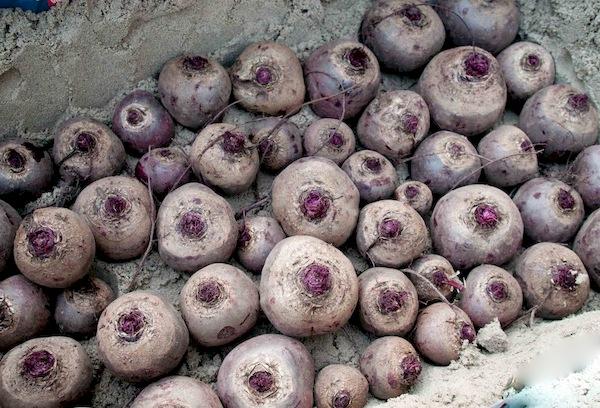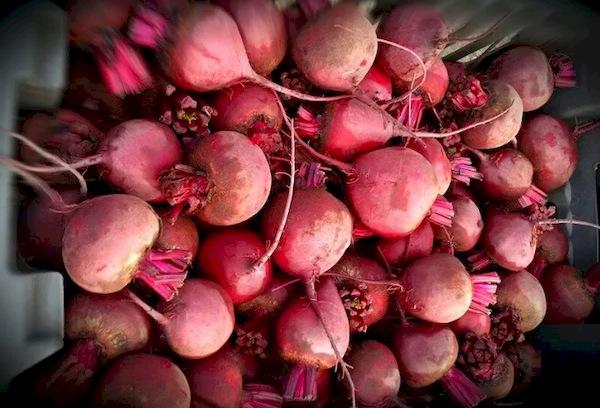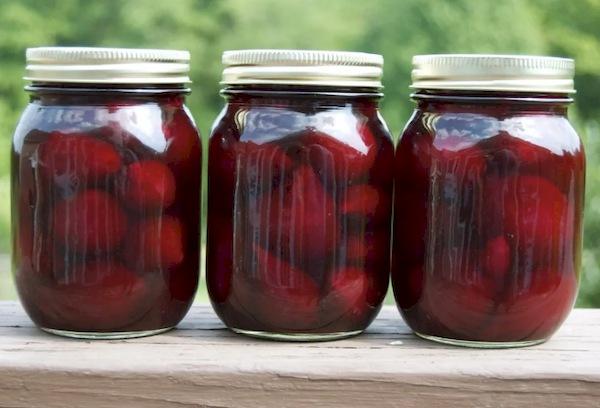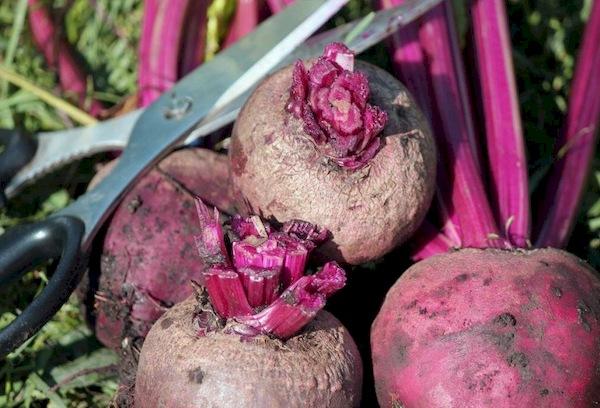Where and how to store beets for the winter at home to maintain their juiciness and firmness until spring: top 4 methods
Content:
Growing root crops in compliance with all agricultural cultivation techniques, harvesting correctly and on time is only half the battle. It is also important to know how to store beets so that they last a long period of time, retain all their qualities, presentation and do not rot. Such knowledge will be needed not only by farmers, but also by summer residents who grow crops for the winter for themselves and for pet breeders whose diet includes fresh vegetables. In order to avoid mistakes and not lose the entire harvest, it is enough to consider the main options for how to properly store beets after the harvest has been harvested.
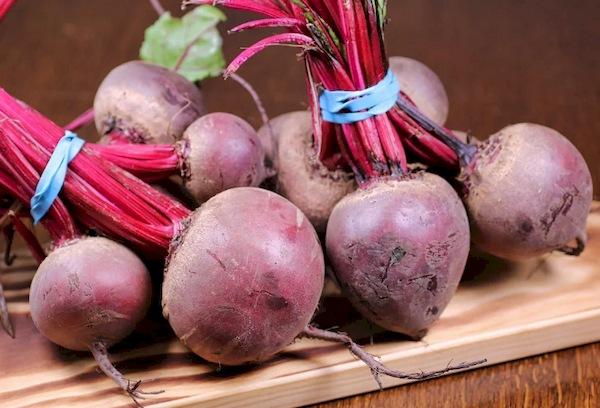
Preparing beets for long-term storage
Before sending beet for long-term storage, it must be properly prepared. The algorithm of actions is as follows:
- First of all, the root crops are carefully sorted. Only whole beets are suitable for long-term winter storage; damage or traces of rot are unacceptable.You need to carefully inspect the vegetable; there should be no damage, traces of diseases or pests. These root vegetables are best suited for processing. Beetroot, ideal for storing for the winter, looks like this - healthy appearance, no defects observed, diameter varies from 10 to 15 cm. Of course, you can take larger fruits, but then you should take into account that they have a fibrous structure and after some time lose taste and juiciness.
- After the root crops are selected, they need to be dried well. To do this, you need to take the beets and place them in a dry and well-ventilated room for several days. Lighting should be diffused. It is unacceptable for the beetroot to be exposed to direct sunlight, as it will have a negative effect on the harvest. If vegetables were collected in wet weather and came home damp, then they need to be dried for at least a week.
- Before putting the svenkla in the refrigerator or storing it in the cellar, you need to remove the tops. To cut the leaves, use a sharp cut - it should be as even as possible, the petiole is left at about 1 cm. The main root must also be removed, only the length is left a little longer - 6 cm. The lateral roots are cut off completely.
Important! It is prohibited to twist the tops by hand.
There is no need to wash root vegetables before storing. If there are pieces of earth, it is recommended to remove them with a soft brush. A thin layer of soil is left as a natural protection, as a result of which the root crops are not subject to rotting, drying out, or damage by bacteria.
In what form is it best to store beets?
Everyone decides for himself in what form it is better for him if the beets are stored. Some people prefer to eat it fresh and store it in the basement.Others, not wanting to bother, prepare dressings and can the fruits. As practice shows, the properties are best preserved frozen.
4 main ways to store beets
In plastic bags
Plastic bags can be absolutely any size; a lot depends on the amount of crop that is planned to be stored. Since condensation begins to form in the bags over time, its occurrence must be prevented. To do this, small holes are made in the bags, and a layer of dry sawdust or mustard powder is poured into the bottom.
After this, you can place the beets in the bag. It is recommended to sprinkle each layer with sawdust. Thanks to this approach, the process of rotting can be eliminated. It is not recommended to tie bags with beets. It's better if they are open. A cellar or basement, as well as a glazed balcony, are perfect for storing root vegetables in this form, but provided that the temperature on it does not fall below 0 degrees.
In banks
One of the best options, perhaps, is to make preparations for the winter from beets. In this case, you can pickle boiled root vegetables in grated form or as a whole, if the fruits are small in size and fit in a jar. The beets are pre-boiled, after they are ready, they are cooled and the peel is removed. In order for beets in jars to retain their attractive red color, it is recommended to add citric acid.
In a refrigerator
Buryak can even be stored in a refrigerator. But you need to understand that the shelf life in this case will not be particularly long, and you can only put so many vegetables in the refrigerator for storage.Of course, some varieties can last longer, but this is not worth doing, since after the loss of moisture and vitamins, the taste is much to be desired.
Preparing beets for storing in the refrigerator is as follows:
- Select whole fruits without damage, remove the soil. Can't be washed.
- Each fruit must be wrapped separately using parchment paper or foil.
- Carefully place in the vegetable compartment.
Advice! An alternative option is to consider freezer storage. In this case, the beets can be boiled and stored in bags whole or chopped.
In the cellar or basement
At home, beets are most often sent for long-term storage in the basement or cellar. In order for the harvest to last until spring, you need to know what conditions to observe. For example, the temperature should be in the range from 0 to +2 degrees Celsius. At first, root crops are quite vulnerable to temperature fluctuations. If the temperature rises by even a couple of degrees, the tops will begin to actively grow, and the vegetables will begin to deteriorate. In cellar conditions, humidity should not be higher than 90%.
There are several methods for storing beets in a basement or cellar:
- Scatter on the floor. Perhaps the simplest option. Alternatively, beets can be scattered on top of potatoes. Thanks to this solution, it is possible to create optimal storage conditions for two crops at once. Thus, the beets absorb the moisture they need from the potatoes, and the potatoes are protected from high levels of humidity.
- In the bins. In this case, a special wooden box is made, with a lattice bottom for ventilation. The bottom should be at a height of 15-20 cm from the floor, the distance between the boards should be 5 cm.
- In a box of sand. Both wooden and plastic boxes and containers are perfect. The container is filled with beets and covered with dry sand. Throughout the winter, you need to monitor the condition of the sand; it should not become damp. If necessary, sand can be replaced with salt and ash.
- In the leaves. Some summer residents have found a new way to store beets for the winter. Fern leaves are great. To do this, cover the bottom of the container where the vegetables will be stored with leaves, lay out the beets and cover with another layer of foliage.
- In a solution of salt. Before storing root vegetables, it is recommended to treat them with a strong salt-based solution, then dry the beets. This shell reliably protects root crops from rot and harmful microbes, and also increases their service life.
Attention! High-quality ventilation is the key to long-term storage of vegetables.
Shelf life of beets
The timing depends not only on the storage temperature, but also on the form in which it is planned to preserve the root crops:
- In the peel. Fresh beets in their peels can be stored all winter in the basement or on the balcony.
- At room temperature. Beets do not like heat, so under such conditions the shelf life is short. At temperatures up to +12 degrees, the vegetable will last 3-4 months maximum.
- In the freezer. Freezing is one of the best ways to preserve the taste of vegetables for a long time. With proper preparation it can last up to a year.
- In a refrigerator. For a month, beets remain just as tasty and healthy; after a month, the fruits begin to wither.
- Purified. If the beets are cleaned and placed in vacuum bags, they can remain there for up to 30 days, without a vacuum - up to 3 days.
- Freshly squeezed juice – up to 3 days.
- Boiled. Unrefined – up to 3 days.
- Grated.Up to 8 months in vacuum packaging.
Recommendations for storing beets at home
If there is severe frost outside and the existing insulation in the room where the crop is stored does not help, then it is recommended to cover the beets with a warm blanket.
If you decide to store the beets on the balcony, and the area of the room allows it, then it will be better if the beets are laid in one layer. Thanks to this, the process of rotting can be prevented.
It is not recommended to cut off the tops completely, you need to leave 1-1.5 cm, the pulp should not be visible. In this form, the shelf life of the crop increases significantly.
In order not to waste time cleaning and preparing beets in the future, you can immediately process them and prepare dressings in the form of canned food, or simply boil the root vegetables and store them in the freezer.
Once the vegetables have been sent for storage, they cannot be forgotten. It is recommended to inspect the fruits as often as possible in order to promptly identify traces of mold and rot and remove spoiled beet.
If the crop is watered consistently and abundantly, and nitrogen-based fertilizers are applied, then the harvested crop will last much longer.
If the harvest is quite impressive, then special waterproof synthetic pads that are placed between the layers are excellent for storing it.
Advice! If the beets are wet, but there are no signs of spoilage, then they can be dried and sent back for long-term storage.
Questions and answers
At what temperature is it best to store beets?
The optimal temperature is considered to be from 0 to +2 degrees; if the indicator is higher, the root crops will begin to germinate and become sluggish.
What to do to prevent beets from rotting?
Rot can only be prevented through careful preparation.When sending vegetables for long-term storage, it is necessary to remove the lower root, tops, and lateral shoots.
Which beet varieties last the longest?
Among the varieties with a high shelf life, we can mention Bravo, Incomparable, Bordeaux 237.
